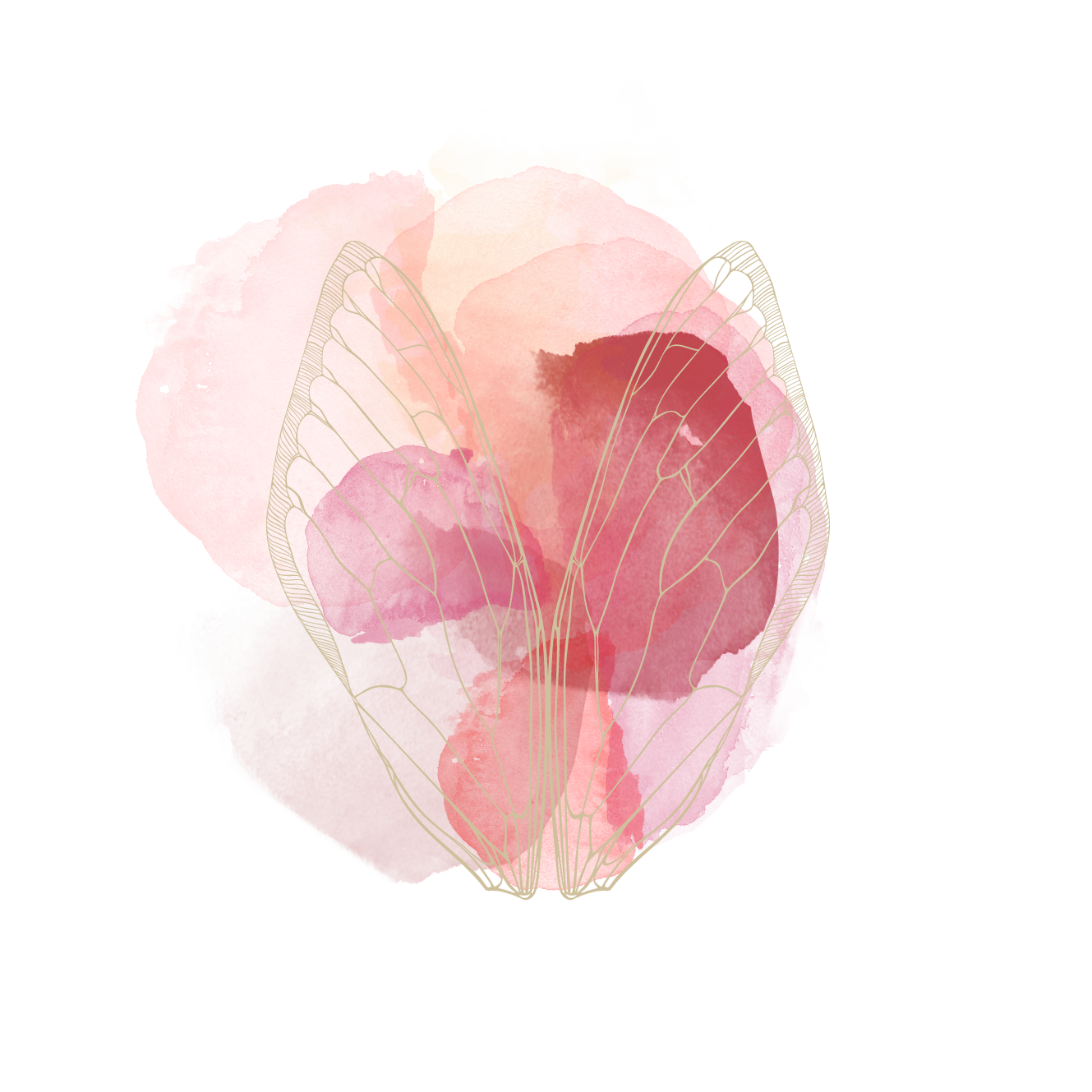Every November, Remembrance Sunday calls us to pause to look not only at what was lost, but at what remains in us of the machinery that created the loss. We remember the wars and those who fought them, but underneath the public silence sits something older: the realisation that belief, when cut loose from feeling, can turn violent. That conviction, left unchecked, becomes its own kind of weapon.
For me, this year that reflection carries a more personal contour. Yesterday marked fourteen years since my father’s death and tomorrow, across northern traditions, comes Ancestors Blót, the old rite of gratitude for those who gave us life. Between remembrance of war and remembrance of origin lies a simple, demanding question:
What of the old “fathering” energy am I still carrying, and what of it is asking to be released?
These days between remembrance and thanksgiving open a corridor, a space to examine the architectures we’ve inherited: our histories, our patterns, our beliefs , our behaviours. It’s not just in my story that the“father energy,” is appearing and I want to be clear, it is not about men or authority figures or lack of although it could also be that. It’s about the direction in which we as individuals, teams and organisations are heading, what value and worth are we outwardly-reaching the impulse to build, to provide, to leave as a legacy. It’s the animating force that pushes us into the world and says, express your inner worth through outward motion.
We often assume “value” is what is outside, but as the year turns inward, that father energy asks us to pay attention to the united dynamic it holds with the reflective mothering side we also hold inside us. The inward turn calls for recalibration inwards, a drawing back toward the centre, toward the quieter feeling (mothering) intelligence of the body. If the first half of the year teaches us to go out and shine in what we have created, the latter half teaches us to listen. To tend. To restore. Here, value is no longer something achieved; it’s something recognised. Strength is no longer performance; it’s presence.
Perhaps that’s what remembrance, at its core, invites: not nostalgia, but review. Not the endless repetition of the past, but the courage to study it, to ask what still holds value and what has calcified into habit. Every November, as businesses close their accounts and strategies are refined, I find myself noticing how closely those external rituals mirror our inner ones. We are all, in some way, conducting an audit of the self, a review of what we’ve been investing in and whether the return still makes sense.
What am I financing within myself?
Which narratives continue to cost me more than they give?
Where has belief hardened into defence rather than guidance?
The answers to these questions don’t come from analysis. They come from sensation. The body, not the mind, is where truth begins to reorganise.
The Japanese researcher Masaru Emoto once photographed frozen water crystals after exposing them to words, music, and intention. Crystals formed under tenderness appeared symmetrical; those exposed to hostility fractured. The science may be unprovable, but the metaphor is undeniable: feeling shapes form.
When we repress feelings and emotions, our beliefs crystallise too quickly, the become rigid, brittle, sharp to others and a balance for all. When we allow emotion to move, structure reorganise. It becomes stronger, steadier, and more alive in its humanity.
Beliefs work the same way. They aren’t ideas we hold in the mind; they’re patterns stored in the body, contracts written long ago that decide what we’re willing to feel. And when we begin to review them, not through intellect but through sensation, they start to loosen. The breath deepens. The shoulders drop. The inner places in us open and make space for something new to emerge.
This process of softening isn’t sentimental. It’s structural, it’s intentional. It’s what allows systems individual or organisational to remain adaptive. “Reflection Processes”, whether in a global economy or a nervous system, are a form of maintenance. Without it, our coherence falters.
So as we enter this week, poised between remembrance and renewal, perhaps the work is not to think harder about what we believe, but to feel where those beliefs still live inside us, where they’ve stiffened into protection or closed off movement to something, someone or even connection to self. The body doesn’t lie. It tells us when conviction has become constraint.
Release, then, is not collapse. It’s correction.
So yes, this week, what you’ll hear more of from me, here and on other platforms is the continuation of this conversation on belief, this time about what the body remembers.
What sensations rise when you soften control? What emotion still guards an old loyalty or fear? Notice what still costs you more than it returns.
Belief, like water, draws energy from the shape and form of its container. This week, the invitation is simple: let us stay inside our containers (our bodies of structure) a little longer to reflect and soften not only it’s edges but also what’s hard to be with inside.
If you'd like support in this reflection process as a one off or as a more frequent investment to your own individual, team or organisational's process, then feel free to check out "The Reflection Room" offering on my website,

